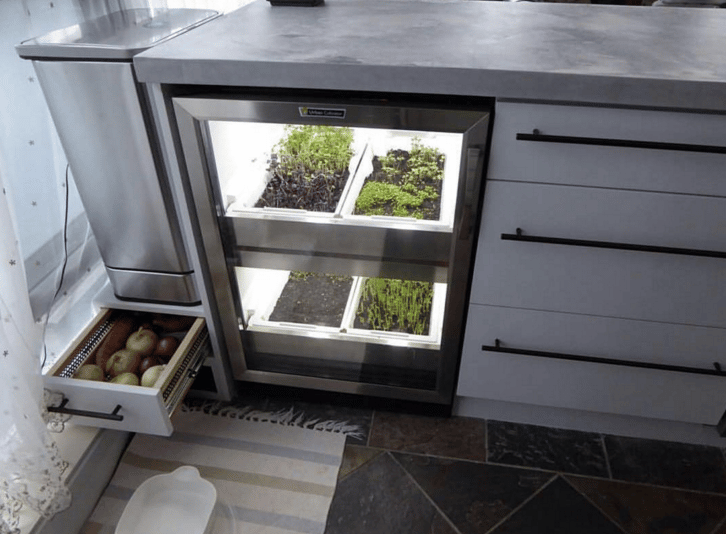
12 Mar Flexitarianism: When Meat is a Sometimes Treat
In addition to its impact on health, meat consumption and production has been inciting some criticism. A lot of this criticism has been drawn from the fact that the production of meat has left a devastating effect on our environment.
Documentaries like Cowspiracy have shown that meat production creates pollution through the use of fossil fuel, as well as water and land consumption.
Of course, this isn’t to suggest that it would be morally wrong to eat meat. A lot of the organic meat that we see in the grocery stores are from farms that practice sustainable methods.
But let’s say you are toying with the idea of going vegetarian, but you really, really love steak. Well, lucky for there’s an actual term for such a lifestyle.
It’s called flexitarianism. And it’s exactly what it sounds like—flexible vegetarianism.
Also known a “veggievores,” those who are flexitarians eat mostly vegetarian meals, but won’t shy away from meat when they feel like it.

This is, of course, a bit different from pescetarianism; pescetarians eat fish, not chicken, pork, beef, or any land-dwelling animal. And no, you can’t just eat bread and cake and pies—you should aim for unprocessed (or minimally processed), nutrient-dense vegetables, fruits, dairy, and grains.
For those who are seriously considering vegetarianism—and maybe, in the future, veganism—flexitarianism is a good segue into the all-vegetable and fruit diet. Going cold turkey (cold lettuce?) isn’t always the best option, and it may make it more difficult for you to adjust.
In addition to ensuring that they eat mostly vegetarian throughout the week, flexitarians also try to make sure that the meat that they do eat is environmentally friend and ethically sourced.

The health benefits of a flexitarian’s diet are numerous due to the addition of vegetables and fruits, including lowering the risk of high blood pressure, cardiovascular disease, and diabetes. Plus, considering that the environmental concerns that meat production pose (the industry is the third largest generator of greenhouse gases), flexitarianism is that much more appealing.
And no, you won’t be protein deficient by reducing the amount you eat! There’s a huge variety of vegetarian protein sources, including tofu, quinoa, beans, and more.
So, the easiest way to start? Scale it back to five days with meat, then four, then three (and so on, and so forth) until you only have one or two days with meat, and start thinking about meat—particularly red meat—as a side dish.
The goal is to create healthier eating habits, so don’t punish yourself for craving and ultimately giving into a steak if it’s supposed to be a meatless day.

Another way to encourage this lifestyle: grow your own food! Having access to vegetables will make this step a lot easier.
Growing your own in an Urban Cultivator means having fresh, nutritious microgreens gives you the ability to eat vegetables whenever so there are no excuses.
So what are you waiting for? Time to flex(itarian).

